Circular economy solutions in construction are developing rapidly in Finland and globally – regulation is catching up
On the Helsinki Circular Economy Cluster’s study trip to Belgium, we admired the advanced local solutions. The challenges of circular construction are largely shared everywhere, internationally.
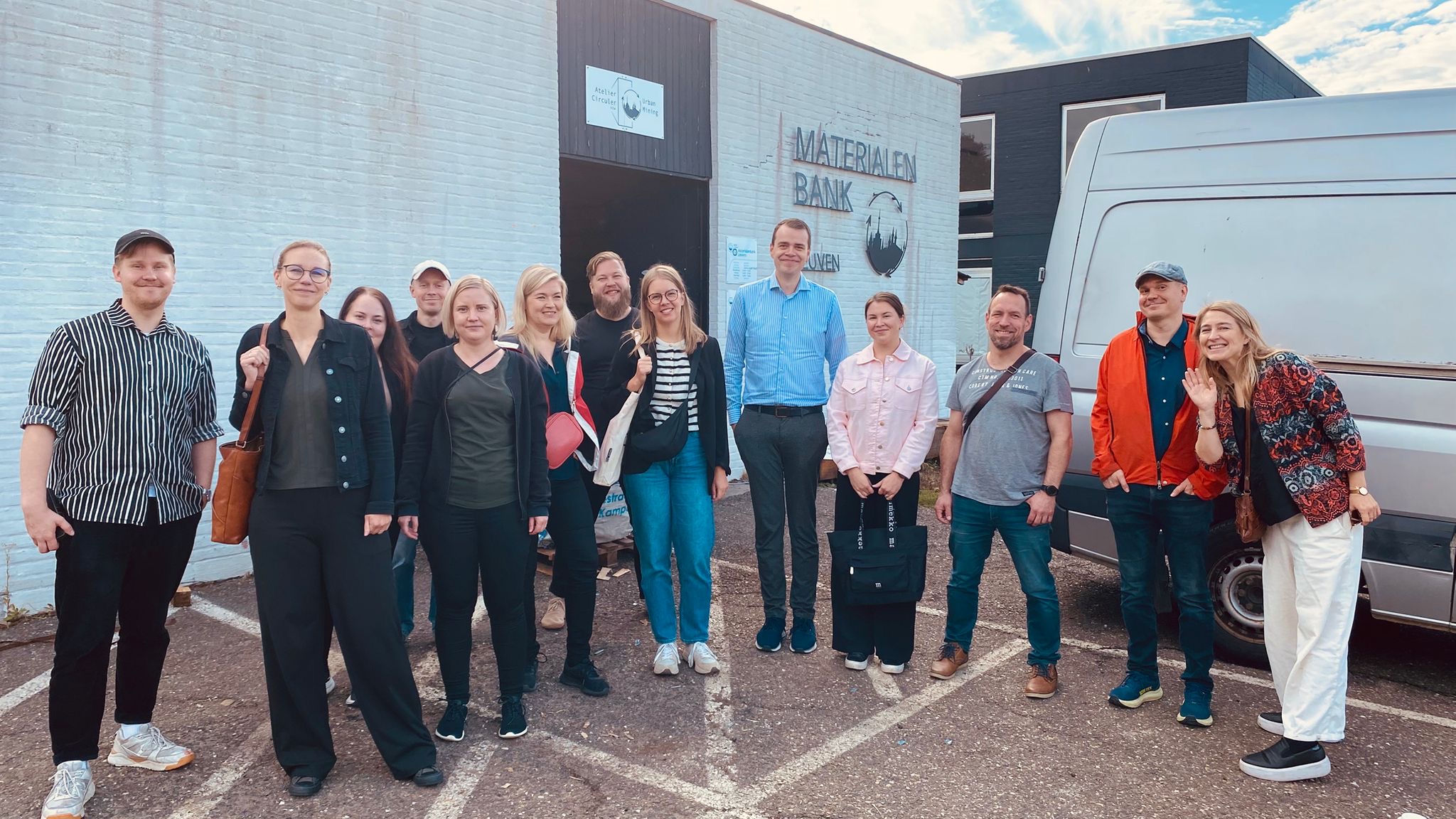
This text was translated with the help of AI.
“Circular economy is strongly based on collaboration, and one’s own thinking often broadens when seeing how things are done elsewhere,” reflects Lari Sirén, Project Manager of Helsinki’s Circular Economy Cluster Program.
The idea for the study trip arose from the desire to deepen the understanding of Helsinki’s Circular Economy Cluster and its network regarding the work and solutions in circular construction developed in other European cities and regions. Belgium was chosen as the destination, as it has created successful operating models for, among other things, the trade of reusable building components. In addition to the Cluster team, the study trip participants included representatives from the Urban Environment Division, AFRY, Spolia Design, the Helsinki-Uusimaa Regional Council, Circular Economy Pirkanmaa, City Transport, Mikkeli’s development company Miksei Oy, and the cities of Turku and Mikkeli.
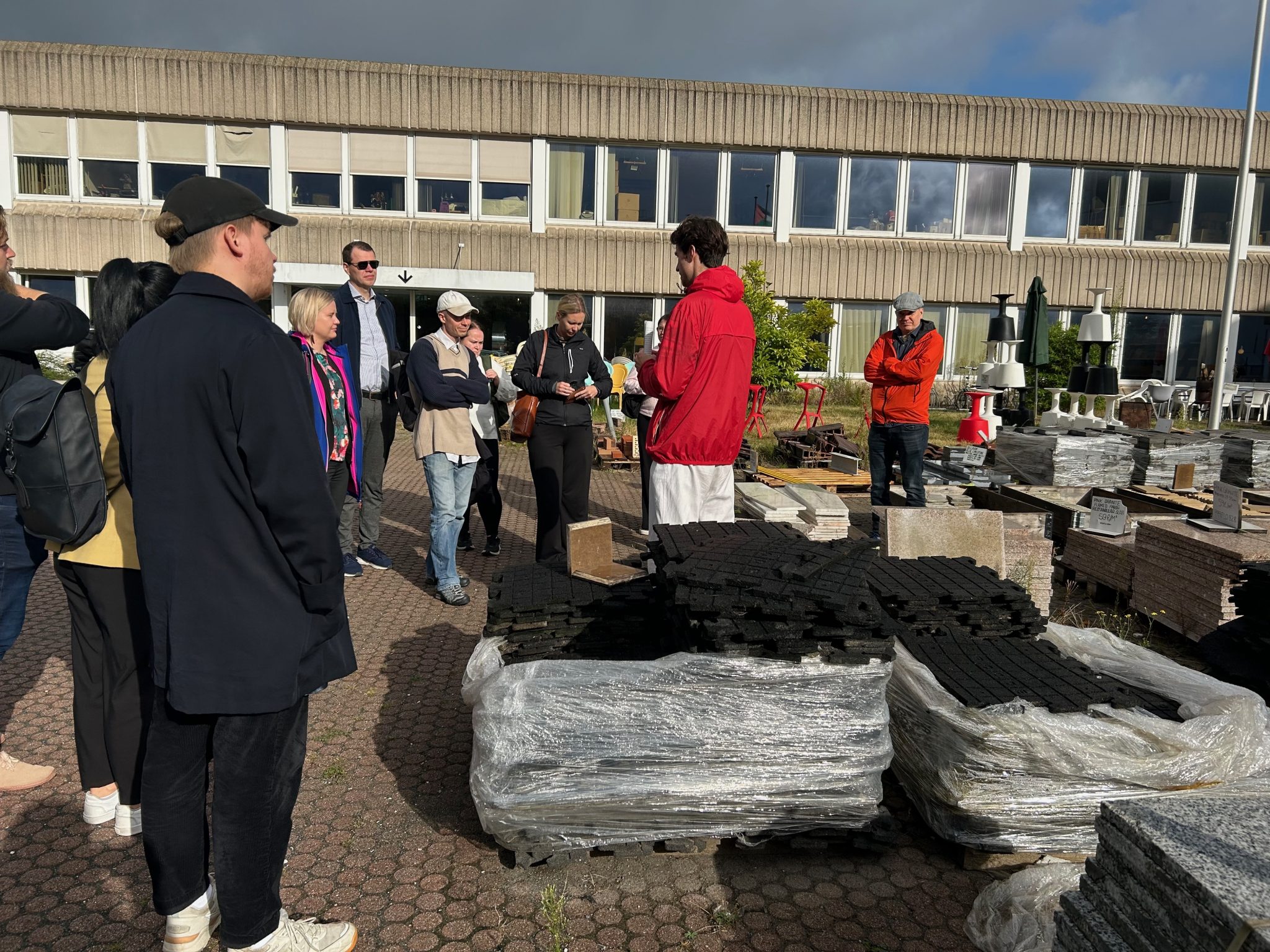
Belgium offers several inspiring examples of circular construction. The City of Brussels, for instance, is actively investing in sustainable building, and many other Belgian cities and regions rank among Europe’s leaders in advancing the circular economy. With its large stock of historic buildings and long tradition of selling old building components for reuse, Belgium has a strong foundation to build on. In recent years, modern storage facilities and marketplaces for reusable materials have also emerged, reflecting the growing interest in reuse. Similar marketplace pilots are now starting to take shape in Finland as well.
What lessons can we draw from Belgium’s practices – and how might these experiences be applied in Finland and in Helsinki?
Five inspiring destinations
Materialenbank in Leuven gives building components and materials a new life.
Operating in Leuven, Materialenbank acquires, refurbishes, and sells used building components and materials to both private individuals and businesses. Its activities are centered on various projects, workshops, and training programs, as well as sourcing materials from demolition and renovation sites.
’t Centrum in Westerlo is Belgium’s first circular economy building. Built on a former military site, ’t Centrum was constructed using partially recycled and natural materials. It is designed to be easily dismantled and reassembled. The building features innovative solutions for humidity and acoustics, including a massive plant wall and mushroom-based acoustic panels.
Ecobuild Brussels is a cluster of more than 250 members and partners. Its goal is to develop the sustainable construction ecosystem in the capital region. At the heart of Ecobuild’s activities is helping companies improve competitiveness and identify new markets in the field of circular construction.
Rotor Deconstruction (Rotor DC) specializes in acquiring, refurbishing, renting, and selling used building components and materials in Brussels. Its core principle is to sell high-quality products in high demand – ensuring rapid turnover and keeping storage costs reasonable.
Vrije Universiteit Brussel (VUB), one of the country’s most renowned universities, has developed an interesting ecosystem around sustainable construction. Activities include test laboratories, experimental studios, and various pilot projects. Student housing built in the 1960s and 1970s is used as a testing ground on the campus, where renovations have been carried out in line with circular economy principles through piloting and co-creation.
Big solutions and shared challenges
The Belgian study trip destinations repeatedly showcased innovative thinking and bold implementation. However, while exploring these advanced local solutions, we also recognized a familiar pattern: circular economy actors tend to operate on a very local scale. The key question remains – how can innovative circular construction solutions be scaled up, perhaps nationally or even globally, in Belgium, Finland, and beyond?
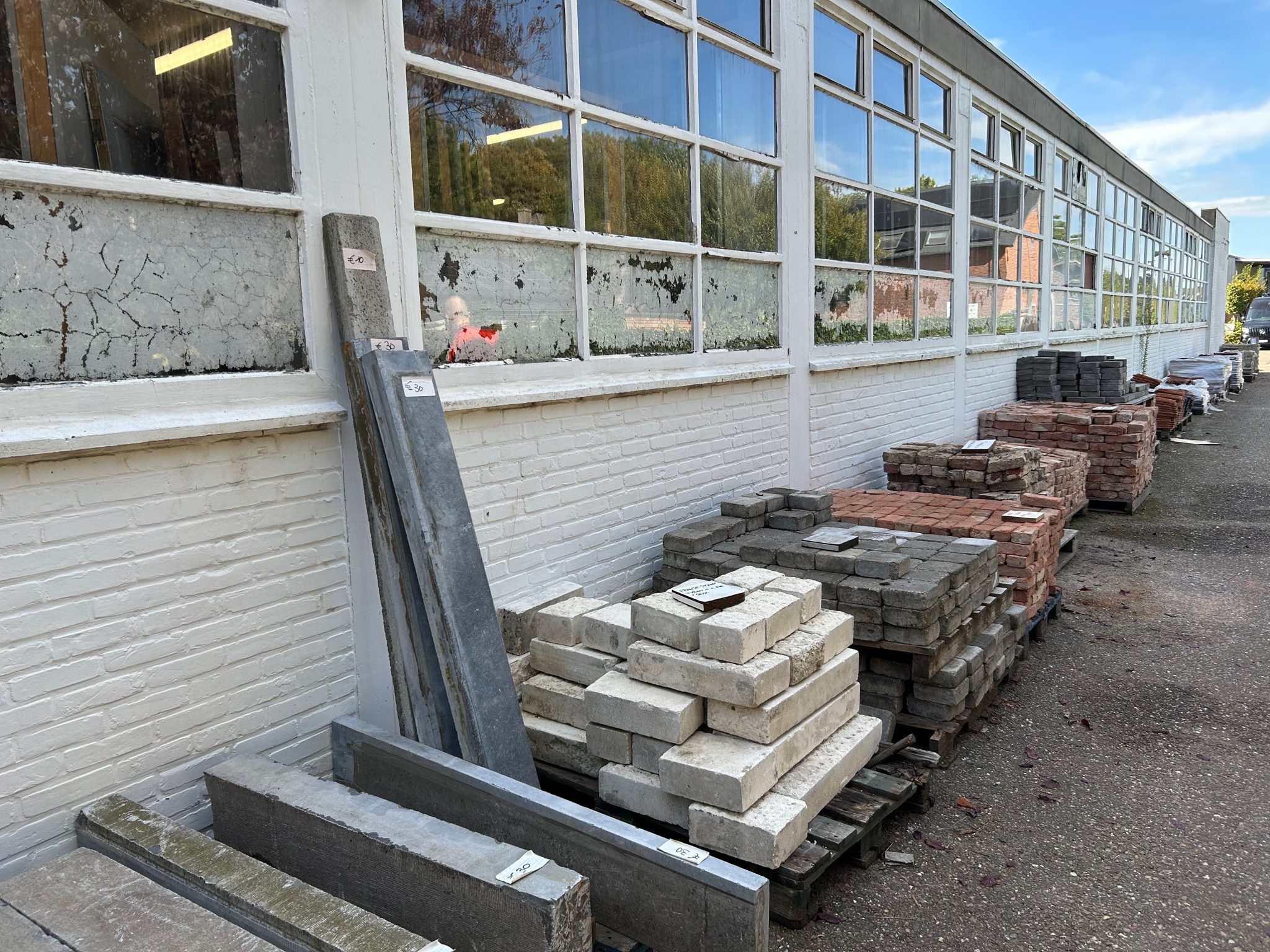
We identified cross-border challenges such as financing, logistics, and lack of space. In terms of financing, reliance on public funding and operating as a non-profit set certain limits on scaling up. Refurbishing and storing building components requires significant space, and several sites emphasized the ongoing need for larger storage facilities. Storage and logistics, however, generate costs, making quick circulation of materials desirable. The need for interim storage can be reduced with online platforms announcing upcoming demolition materials and highlighting which components are in demand – enabling supply and demand to meet more smoothly without extensive physical storage.
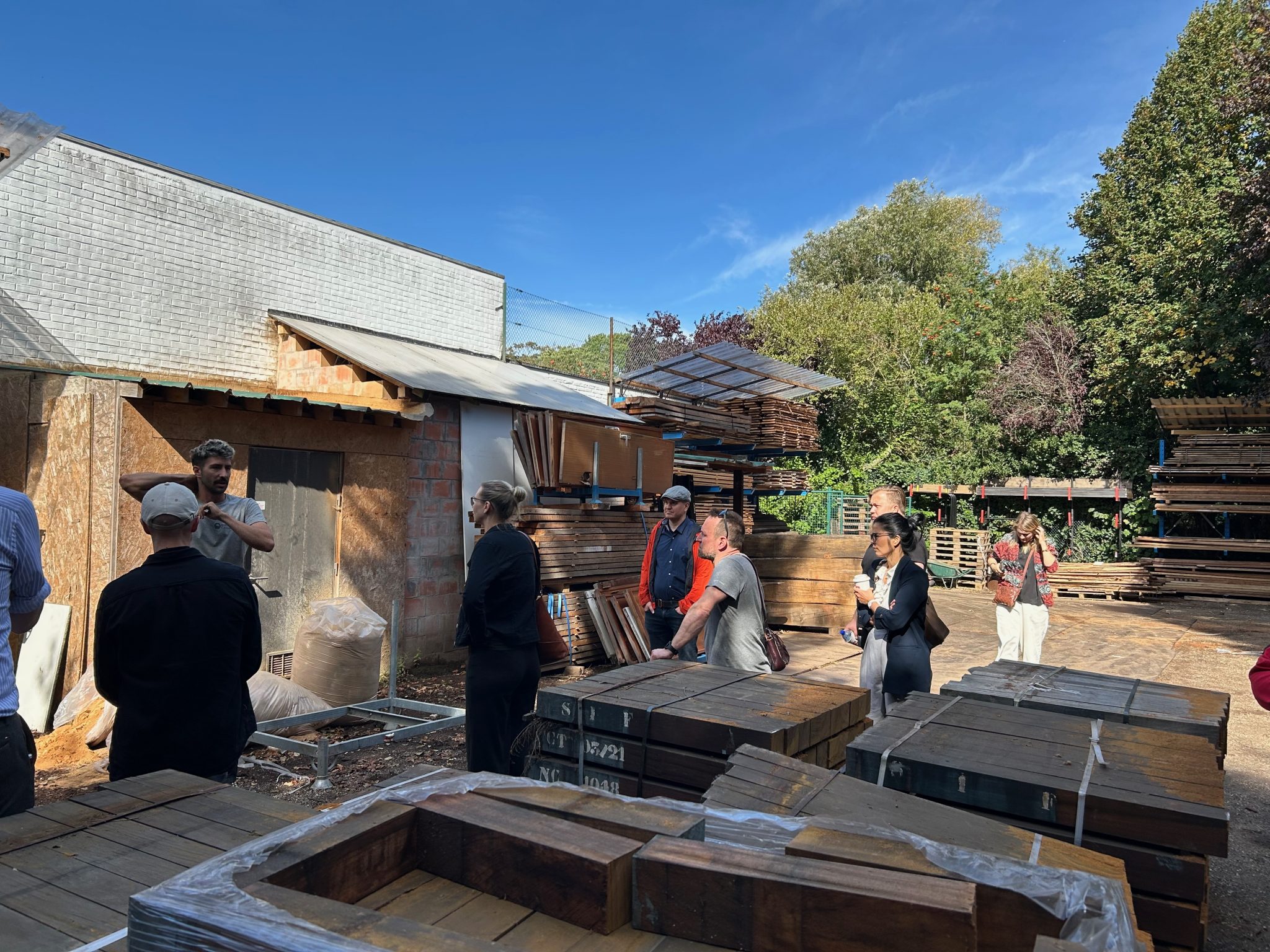
In both Finland and Belgium, regulation is lagging behind development: innovative solutions may already be advanced, but their implementation is hindered by a lack of flexible operating models.
“The public sector plays an extremely important role in promoting circular construction and in establishing new operating models. For example, the circular economy successes we’ve seen in Helsinki would not have been possible without the city’s enabling role and strong collaboration with businesses. In Brussels, we noticed that while we operate under the same EU framework, national regulations and operating models are lighter in Belgium. For instance, until dismantled material officially becomes classified as waste, it is subject to very little regulation, which makes its circulation smoother. That is something we could learn from,” says Sirén.
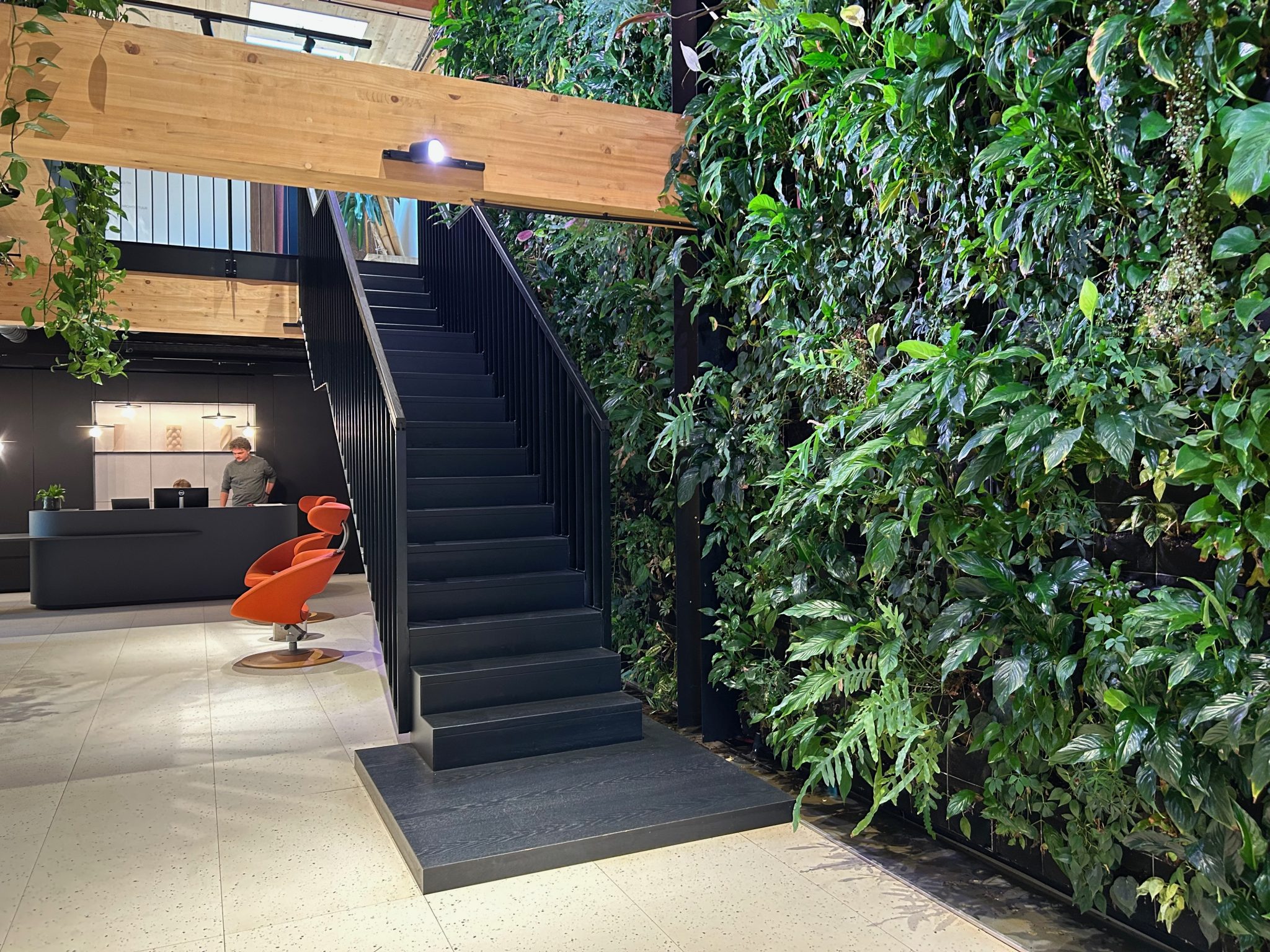
Helsinki’s new City Strategy outlines that promoting circular construction is a key part of the city’s economic policy priorities. The strategy emphasizes the role of circular economy in sustainable urban development and highlights that the city must act as a pioneer in accelerating construction solutions that support circularity. The study trip and the experiences of other European cities help us learn new ways of working.
Circular solutions are built together – also internationally
Circular construction is based on collaboration among many different actors. Trust between stakeholders is crucial, as highlighted in the discussions at the sites visited. Bringing together diverse actors is also central to advancing circular construction – visible both in Helsinki’s Circular Economy Cluster and in Brussels’ Ecobuild. Ecobuild supports its member and partner companies with circular business questions and organizes networking events for its members.

Participating companies drew inspiration for strengthening collaboration and developing new solutions:
“The study trip was truly inspiring, and the destinations sparked a wealth of new ideas and perspectives. The challenges and opportunities of the circular economy are largely shared across regions, even if the development paths differ somewhat. These very differences created valuable lessons and new solutions that we can also apply in Finland,” says Arto Toorikka, Director of Sustainable Development for Real Estate and Construction at AFRY.
In October, the Cluster will continue exploring circular economy solutions with other European actors in Munich at Expo Real, Europe’s largest real estate fair. Cluster member companies will also join, seizing the opportunity to build international networks and accelerate the internationalization of their business.
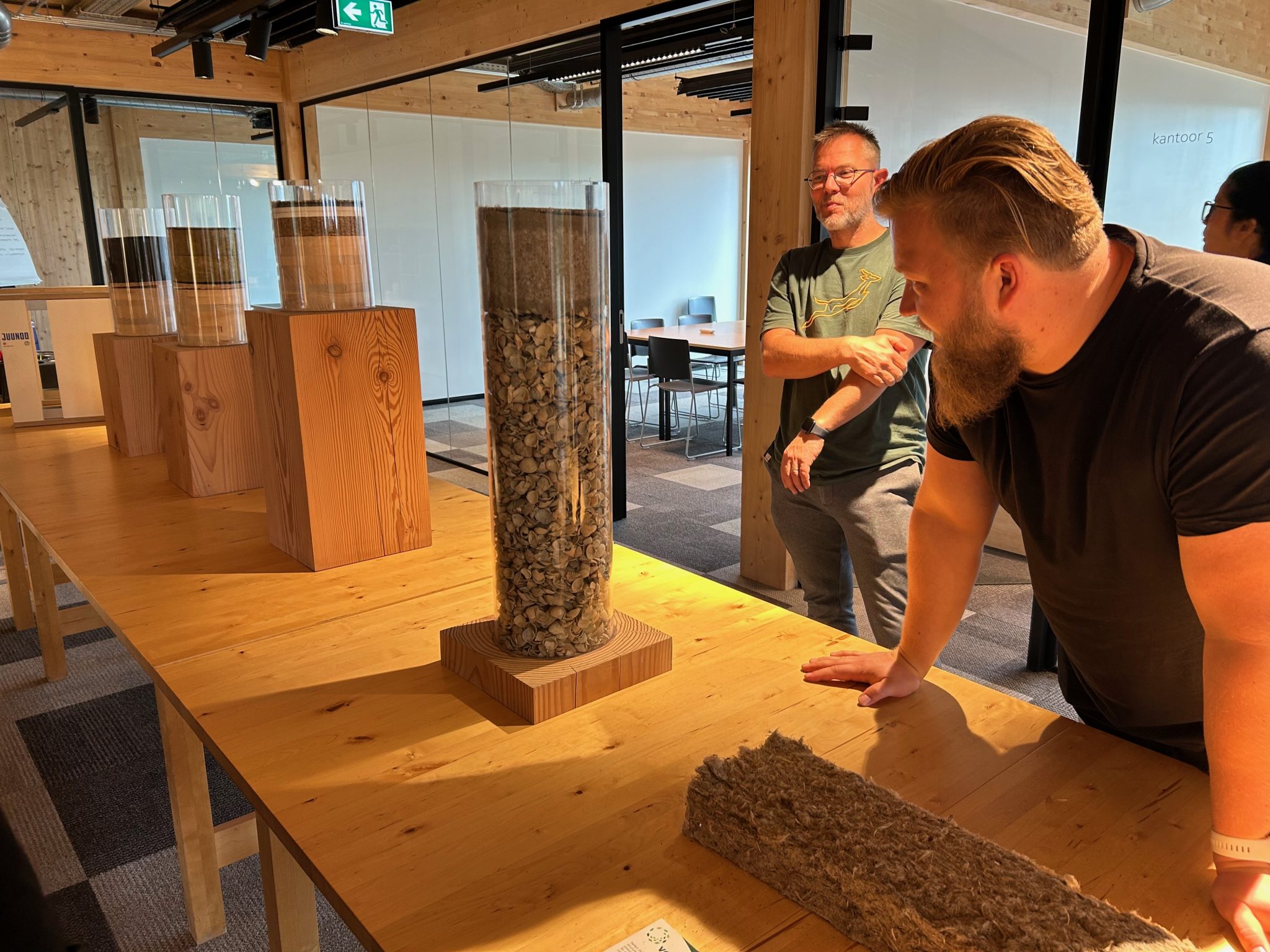
Do you want to help build a more sustainable future together with other professionals in the field? The Helsinki Circular Economy Cluster promotes circular innovation and business by bringing together actors from the construction sector. Join the network of circular economy pioneers!